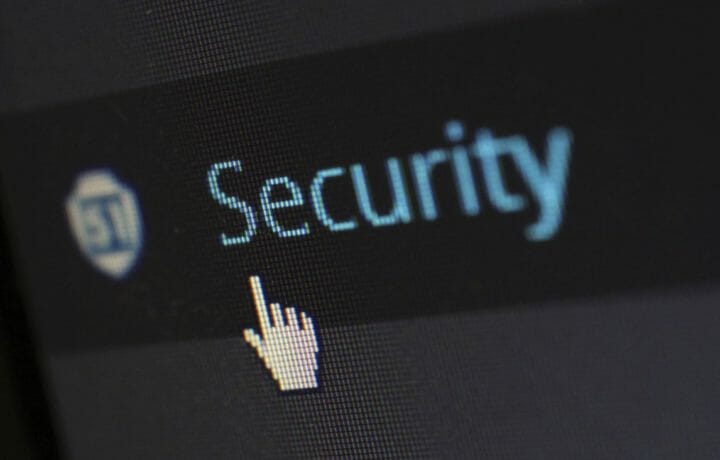I’ve spoken at Defcon, HOPE, BSides conferences, and innumerable meetings of the ECTF and Infragard, among others, about Facial Recognition, Facial Tracking, biometrics, and ways that you can be found. I’ve had conversations with military, government, and industry representatives about video analytics and facial recognition.
And some of these still took me by surprise.
11 body parts Defense Researchers will use to track you
So there are slew of technologies in that list that are old, but with a modern twist. Fingerprints are sooo 20th century, but fingerprints at 20 feet? Not bad. Gait recognition, voiceprints, iris scans, and so on, are all well known technologies, with various flavors of new and shiny upgrades.
Voiceprints in particular are old news, having been used for decades. Of course, with computerized matching, it’s not just deciding if that voice is “Target X”, it’s feeding it to the database, and figuring out who it is.
But there’s some new ones in there, too.
The ear? Makes sense. Ears don’t really change. Smacks of Alphonse Bertillon, and his idea of measurements of the body, tracking criminals for life. But you know what? The man invented the Mug Shot! Pretty good tool, eh?
Odor and/or Sweat? I do NOT want to be in on that research program. Thanks!
Heartbeat. Yup, they can track you, at a distance, by using your unique heartbeat. “Automated human life-form target tracking” Mildly disturbing.
Periocular, which, once you interpret the latin, is the area around the eyes. Apparently that unibrow we pluck, and the frown lines that some so desperately Botox out of existence, are part of an area that does not change significantly over time. Interesting, but short of banning plastic surgery and botox, I don’t think this one will make it as an ultimate identification engine.
How about DNA testing? It’s well known. Heck, Maury Povich finds deadbeat dads with it all the time on the TV. The wrinkle here is “Rapid” DNA testing. The time span for getting the results back has shrunk from months, to 90 minutes. And the government and industry, is taking notice. From solving crimes, to identifying casualties in the field, rapid DNA testing will change quite a few government agencies processes.
Long story short. It’s going to be very hard for criminals or terrorists to evade or even recognize that some form of biometric identification method is being used. Could be interesting to see which of these come onto the market.
Joshua Marpet is on the Board of Directors of two Infosec conferences, BSides Las Vegas, and Security BSides Delaware. He is also staff at Derbycon, Shmoocon, and as the "InfoSec Megaphone", anywhere else he goes. Joshua is an experienced Forensic, Incident Response, and mobile forensics expert and researcher. As an adjunct professor at Wilmington University, he teaches Information Security at an NSA/DHS certified Center of Academic Excellence. In his professional life, he is a managing partner at Guarded Risk, a proactive forensics and proactive incident response firm.




